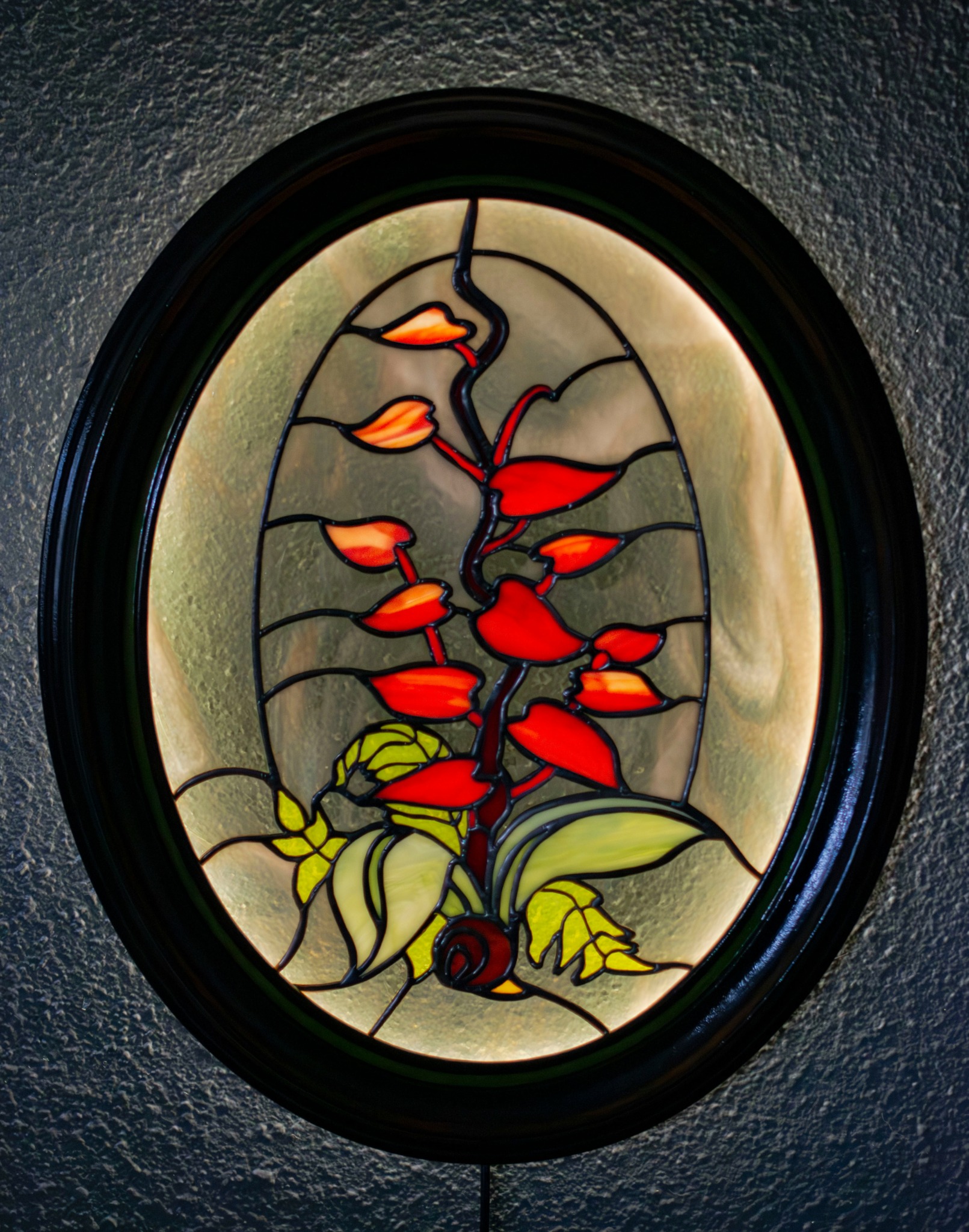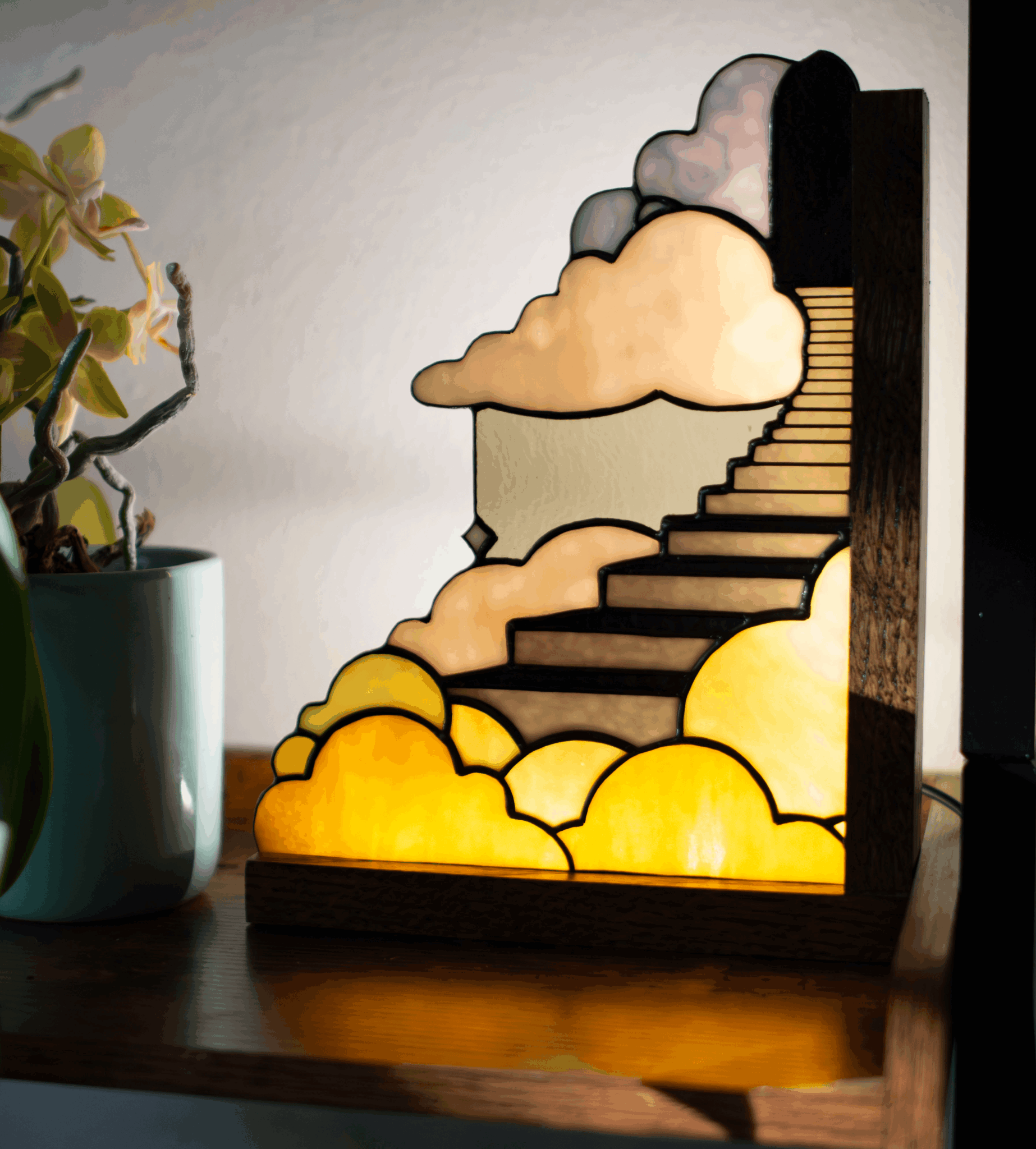We’re excited to introduce you to the always interesting and insightful Milo Lawrence. We hope you’ll enjoy our conversation with Milo below.
Alright, Milo thanks for taking the time to share your stories and insights with us today. How did you learn to do what you do? Knowing what you know now, what could you have done to speed up your learning process? What skills do you think were most essential? What obstacles stood in the way of learning more?
I started working small when I was a kid: I loved painting miniatures and making maps for Dungeons and Dragons, and when I went into school for scenic design I learned how to make models as part of the design process. That process is by nature very flexible and disposable, and I wanted to lean more into making architectural miniatures with real materials and processes, including stained glass. 2020 afforded me some time and space to start exploring stained glass, which I learned mostly through online research and trial-and-error: the detailed nature of modelbuilding for design meant that I was already practiced at pattern-making and craft construction – I was just learning it in a new medium.
Part of why I picked up stained glass is that it is a slow art without a big movement for revival or conservation – though that has changed some since I started, it’s still largely true that it’s not an easy art to pick up without a large city center or glass community nearby, both of which I’m lucky to have. Without those I may not have ever started.
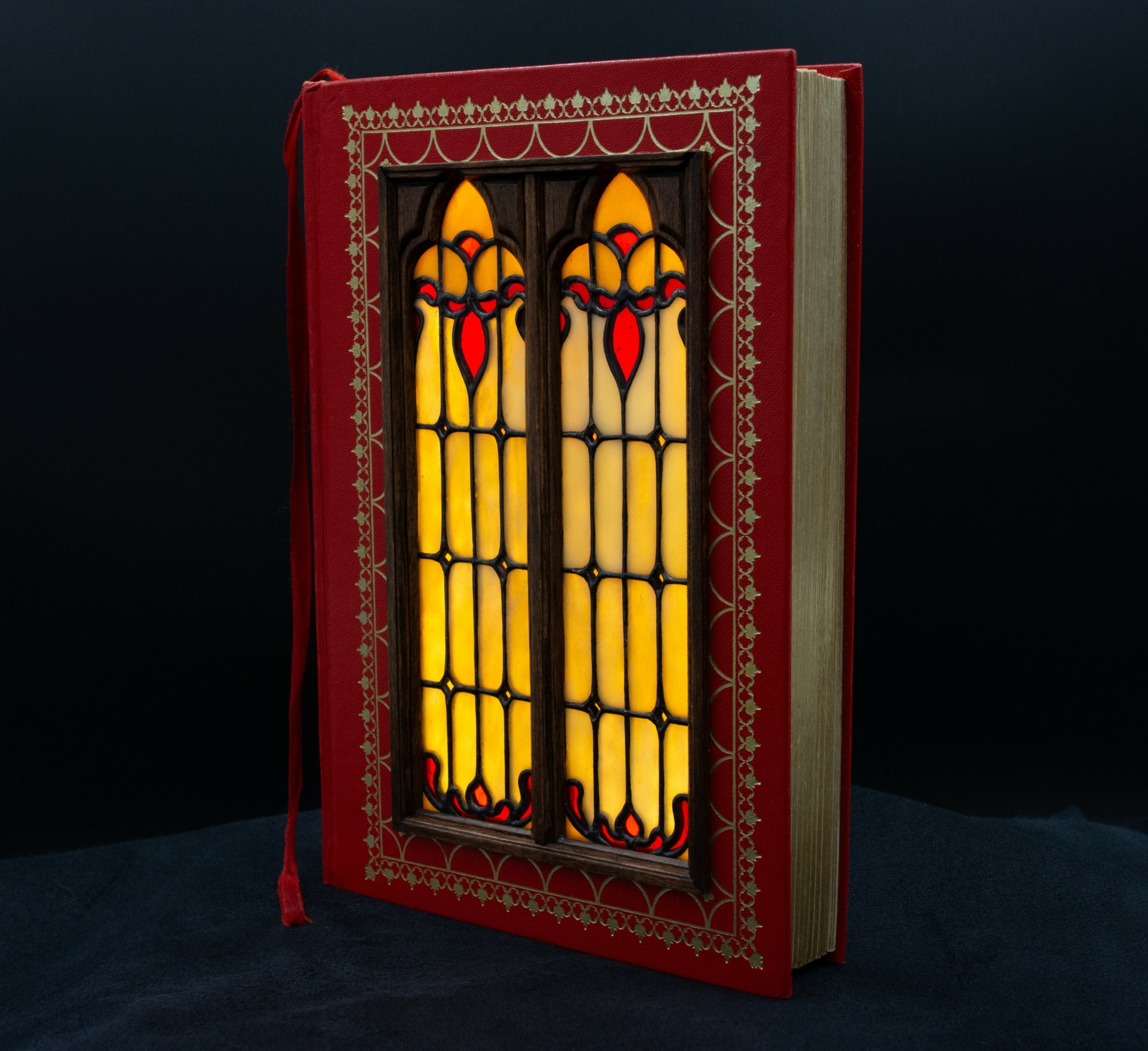
As always, we appreciate you sharing your insights and we’ve got a few more questions for you, but before we get to all of that can you take a minute to introduce yourself and give our readers some of your back background and context?
I started by designing sets for my theater program in high school, which led to me living in New York to work with scenic designers as a model-maker for over a decade. I think that practice of thinking of architectural elements as pieces of a picture that could depict a life led me directly to working in stained glass, a medium used to literally install symbolism into architecture. Because I was already working in miniature and it would be financially and practically unfeasible for me to make life-size windows, I started making architectural miniatures of stained glass windows. I imagine them as windows to imaginary places, or sometimes into me: I have trouble with being vulnerable with others, so I use the windows to say, “Here is what it looks like in the place where my grief is kept”, or “Here is the window to the memories of perfect summer days”.
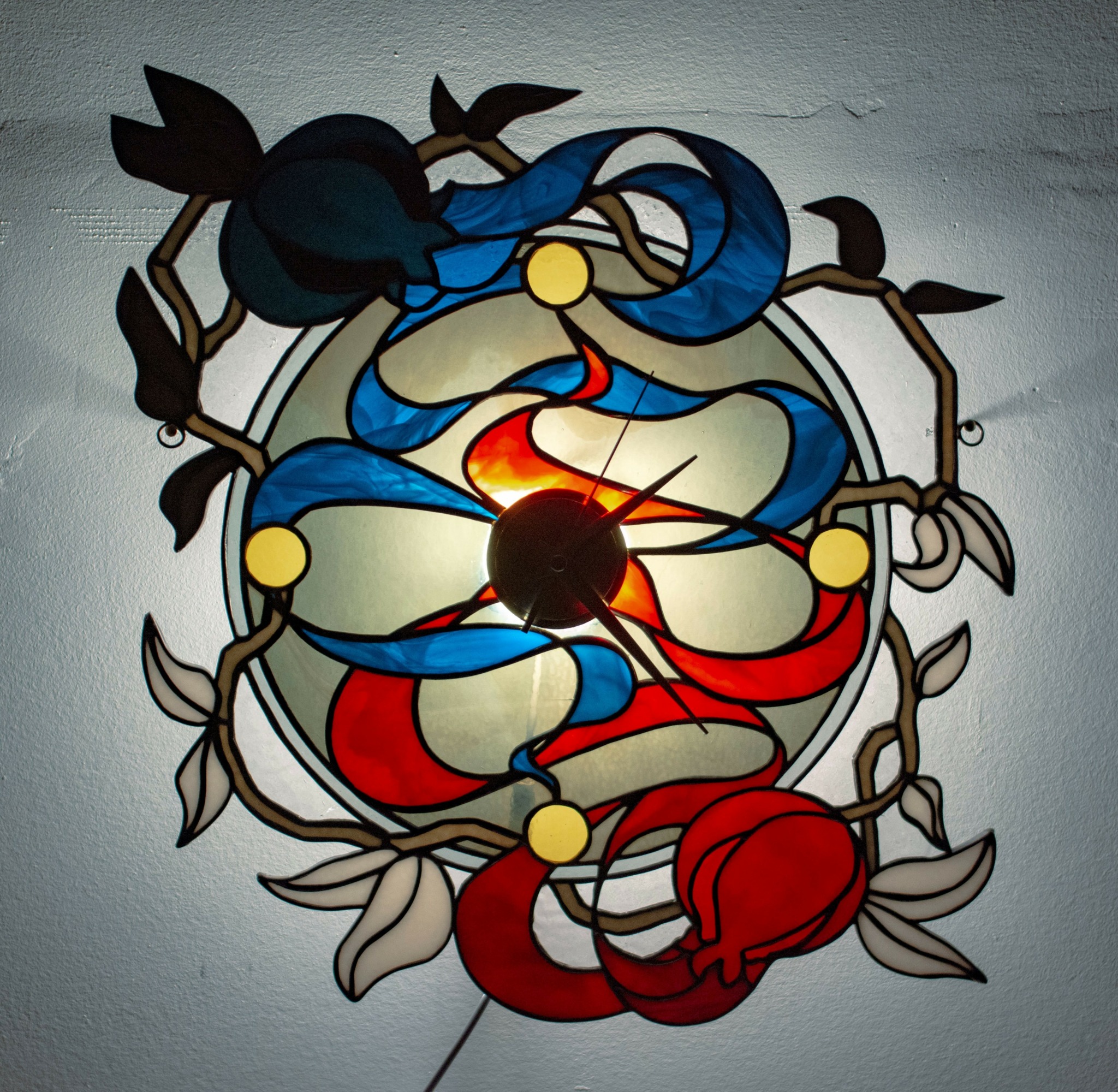
How can we best help foster a strong, supportive environment for artists and creatives?
There was this joke in theater design about the triangle of deliverables being fast, cheap, and high-quality – now pick two. And I think things can move so quickly now – from Amazon to generative AI we can get so much near-instantly – that we forget there is a fundamental truth to that joke, that you really do only ever get two of those three deliverables and if you’re getting three of three either you’re being lied to or someone else is being exploited. The best thing society can do to support artists and creatives is to pay them to make things without expecting the same timeline or price as a large corporation or algorithm. So much of an artistic career now is financial management, self-promotion, operating retail, and trying to find funding that the actual making often can take a backseat – every unsolicited commission from your favorite artist is a step toward a world with a more thriving creative ecosystem.
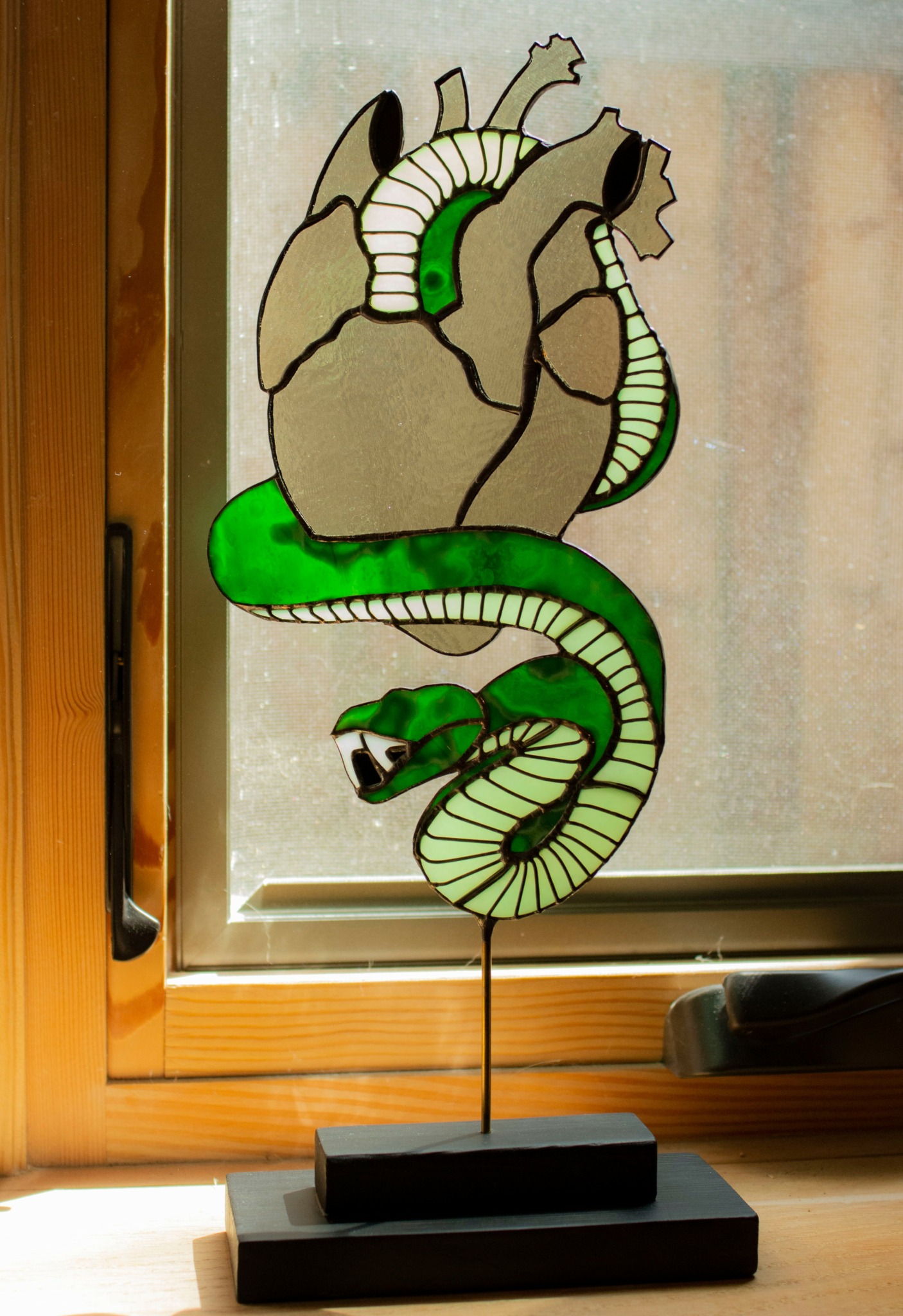
Is there something you think non-creatives will struggle to understand about your journey as a creative? Maybe you can provide some insight – you never know who might benefit from the enlightenment.
For awhile I was supplementing more sculptural work by making stained glass jewelry, which always sold very well and took less time to make than the more complicated panels and windows I make now. I have largely stopped making jewelry despite its successes, which makes very little sense from a business perspective – but frankly, the scale of stained glass makes it a challenging way to design jewelry and limits what can be done.
I think it can be hard to understand why artists move away from seemingly successful ideas, but sometimes those ideas have a ceiling to their creative potential that it can be difficult to see from the outside – or the inside. It took me over a year to figure out that I was not making myself a better artist by continuing to invest in ideas that were profitable up front but limited in scope – if I had continued I would have backed myself into a corner of doing the same thing over and over again, which is not an appealing future as an artist.
Contact Info:
- Website: https://www.milolawrence.com
- Instagram: @milo.a.lawrence

